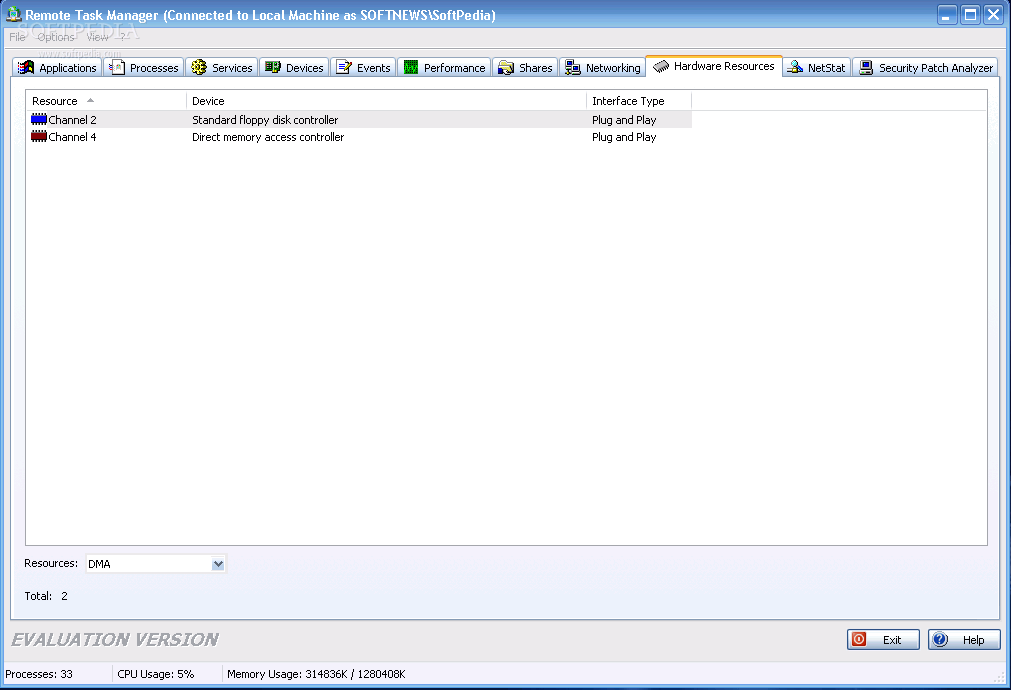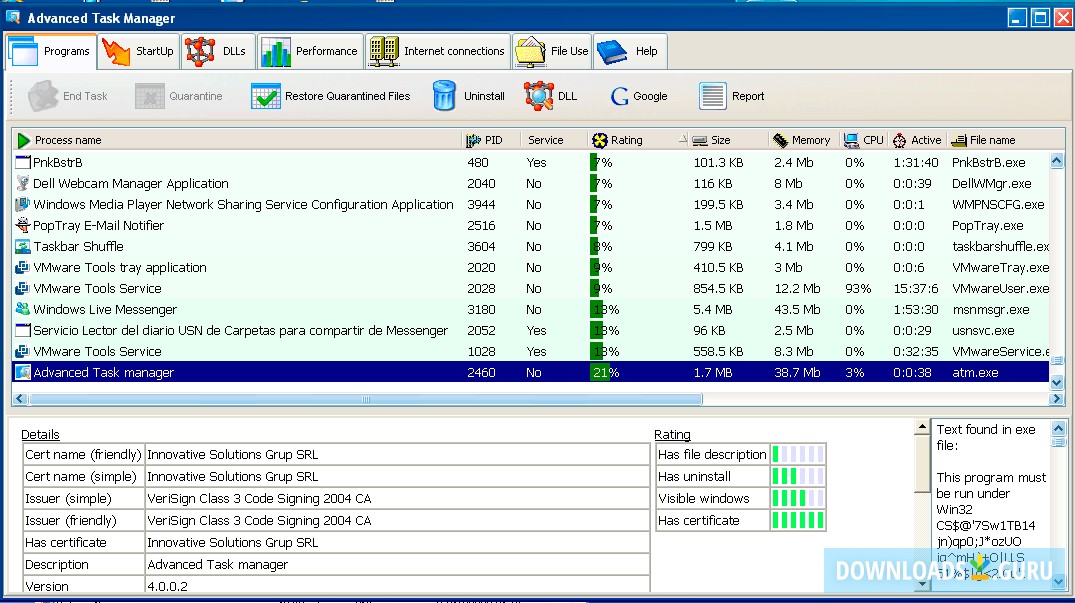

Up until Windows Vista was released, pressing Ctrl+Alt+Delete brought you directly to Task Manager. You’re probably familiar with the three-finger salute-Ctrl+Alt+Delete. Taskkill.RELATED: Beginner Geek: What Every Windows User Needs to Know About Using the Windows Task Manager Press Ctrl+Alt+Delete If the process does not terminate, you can use /F to forcefully terminate the process. Taskkill.exe /S wtn1 /U joe /P ddd1234 /PID 196 In the above example the PID for firefox.exe is 196: You can also kill a process using the PID (Process ID) of the process. SUCCESS: The process "firefox.exe" with PID 196 has been terminated Taskkill.exe /S wtn1 /U joe /P ddd1234 /IM firefox.exe In the above screen shot we will kill firefox.exe by typing the following at the command prompt: Where SYSTEM, USERNAME, PASSWORD is the same as above for the tasklist command, and IM is the process image name you want to kill. (To view all taskkill options, type tasklll /? at the command prompt) Taskkill.exe/S SYSTEM /U USERNAME /P PASSWORD /IM PROCESS As with tasklist, you will also need the Username and Passoword on the remote Computer. Now if there was a process that needed to be killed, you can use the taskill command. ( NOTE: if you are in a Domain environment and have Administrator rights to the remote Computer, you will may not need to specify a Username and Password) Then type the tasklist command, substituting SYSTEM for the remote computer you want to view processes, USERNAME and PASSWORD with an account/password on the remote Computer. To execute, click on Start \ Run… and in the run window type cmd to open a command prompt. (To view all tasklist options, type tasklist /? at the command prompt)

Tasklist.exe /S SYSTEM /U USERNAME /P PASSWORD Once you have the user account information, the syntax for using tasklist follows: To view processes on a remote Computer in your home, you will need to know the username and password on the Computer you want to view the processes. Both tasklist.exe and taskkill,exe can be found in %SYSTEMROOT%\System32 (typically C:\Windows\System32) directory.


 0 kommentar(er)
0 kommentar(er)
